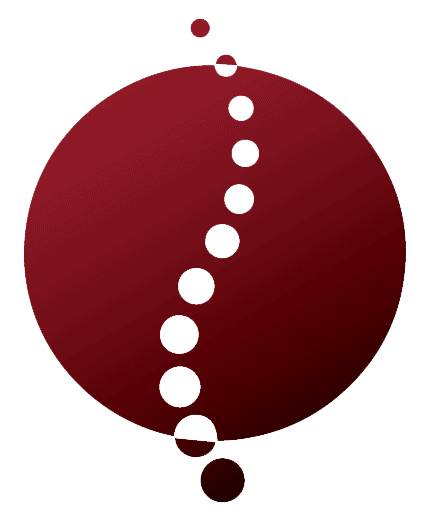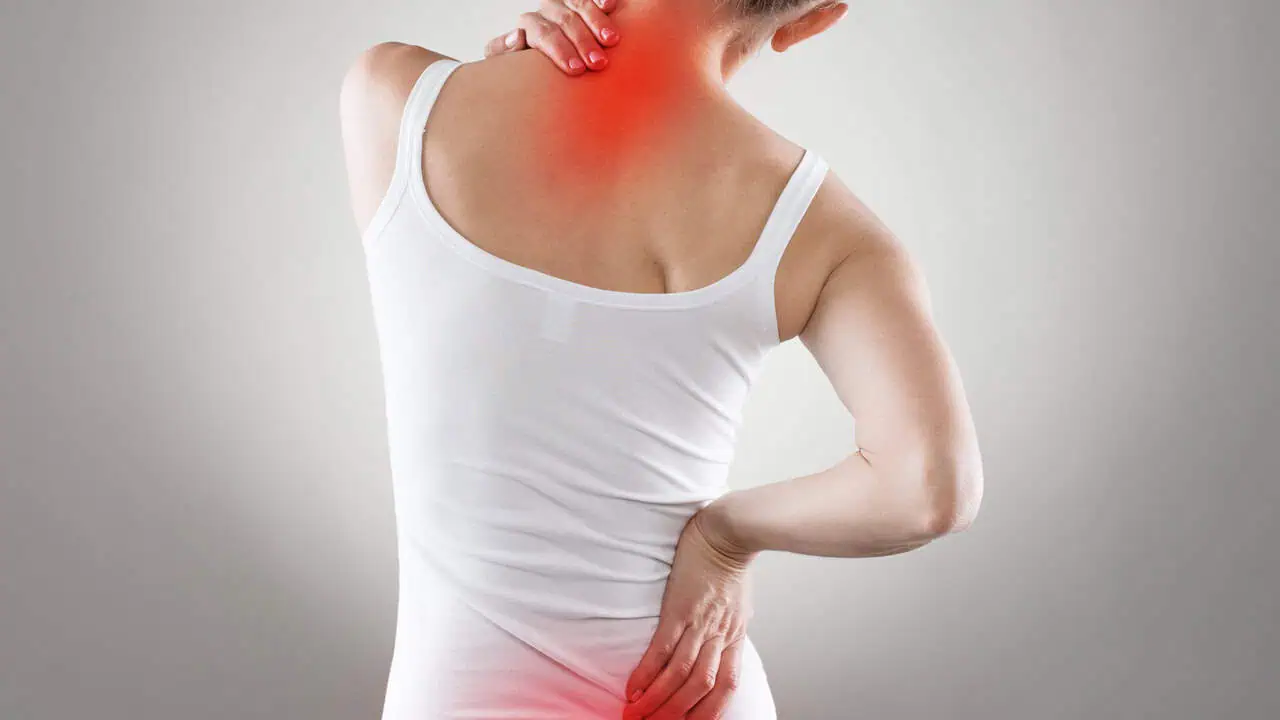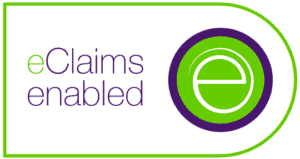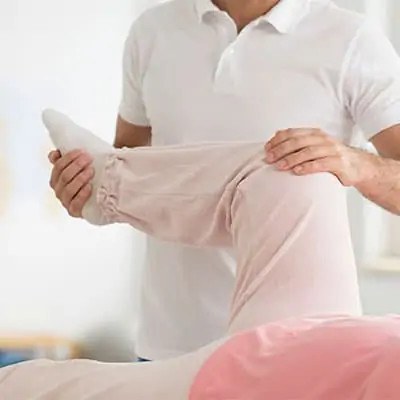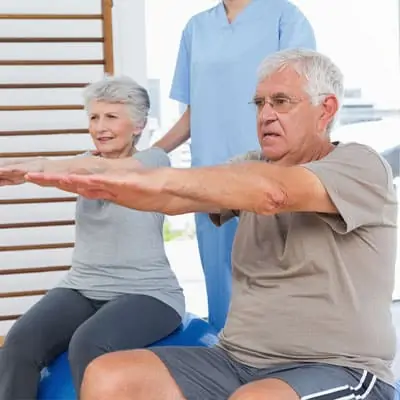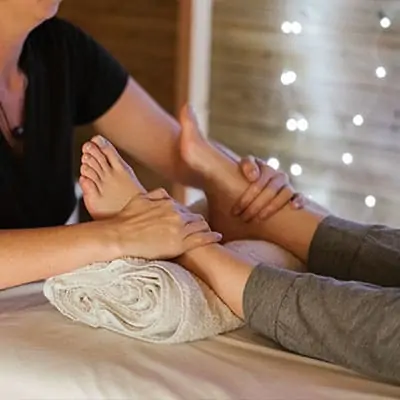Understanding Scoliosis
What is Scoliosis?
Scoliosis is a medical condition characterized by an abnormal lateral curvature of the spine. Instead of a straight alignment, the spine curves to the side, forming a “C” or “S” shape. Scoliosis can affect individuals of all ages, but it’s most commonly diagnosed during adolescence. The degree of curvature can vary significantly, ranging from mild to severe.
| Type of Scoliosis | Description |
|---|---|
| Idiopathic Scoliosis | Most common type, no known cause |
| Congenital Scoliosis | Caused by spinal malformations present at birth |
| Neuromuscular Scoliosis | Associated with neuromuscular conditions like cerebral palsy |
| Degenerative Scoliosis | Occurs in older adults due to spinal degeneration |
Understanding the type of scoliosis you or your loved one has is crucial for determining the appropriate scoliosis treatment options.
Causes and Risk Factors of Scoliosis
The exact cause of most scoliosis cases, particularly idiopathic scoliosis, remains unknown. However, several factors may contribute to the development of scoliosis. Understanding these risk factors can help in early scoliosis screening and management.
Genetic Factors
Family history plays a significant role in the development of scoliosis. If a close relative has scoliosis, you may be at a higher risk of developing the condition.
Age
Scoliosis is most often diagnosed during the growth spurt just before puberty. Adolescents are particularly susceptible to idiopathic scoliosis.
Gender
Girls are more likely than boys to develop scoliosis, and they are also more likely to experience a progression of the curvature that requires treatment.
Neuromuscular Conditions
Conditions such as cerebral palsy, muscular dystrophy, and spinal muscular atrophy can increase the risk of developing neuromuscular scoliosis.
Congenital Factors
Some individuals are born with congenital scoliosis due to malformations of the spine that occur during fetal development.
| Risk Factor | Description |
|---|---|
| Genetic Factors | Family history of scoliosis |
| Age | Most common during adolescence |
| Gender | Higher risk in girls |
| Neuromuscular Conditions | Associated with diseases like cerebral palsy |
| Congenital Factors | Spinal malformations present at birth |
For more detailed information about the causes and risk factors, visit our article on scoliosis causes.
Early detection and understanding of these risk factors can lead to timely intervention, helping to manage the condition effectively. If you suspect scoliosis in yourself or a loved one, consult a healthcare professional for a comprehensive evaluation and explore various scoliosis treatment options available.
Detecting Scoliosis
Early detection of scoliosis is key to managing the condition effectively. Understanding the signs and symptoms, as well as the diagnostic methods, can help you identify scoliosis and seek appropriate treatment.
Signs and Symptoms of Scoliosis
Scoliosis often presents itself through noticeable physical changes and discomfort. Being aware of these signs can lead to early diagnosis and improved management.
Common Signs and Symptoms:
- Uneven shoulders
- One shoulder blade appearing more prominent
- Uneven waist
- One hip higher than the other
- Leaning to one side
In some cases, scoliosis may also cause back pain and fatigue. It’s crucial to monitor these symptoms and consult a healthcare provider for accurate diagnosis. For a comprehensive list of symptoms, visit our article on scoliosis symptoms.
Diagnostic Methods for Scoliosis
Diagnosing scoliosis involves a series of evaluations and tests to determine the presence and severity of the spinal curvature. Early and accurate diagnosis is essential for effective treatment planning.
Physical Examination
During a physical exam, the healthcare provider will look for the following:
- Visible spinal curvature
- Asymmetry in the shoulders, waist, or hips
- Any abnormalities in the back when bending forward
Imaging Tests
To confirm the diagnosis, imaging tests are often used. These tests provide detailed views of the spine and help in assessing the degree of curvature.
| Diagnostic Method | Description |
|---|---|
| X-ray | Provides a clear image of the spinal structure and measures the degree of curvature. |
| MRI | Offers detailed images of the spinal cord and surrounding tissues. Useful for identifying underlying conditions. |
| CT Scan | Combines X-ray images taken from different angles to create cross-sectional views of the spine. |
Scoliometer
A scoliometer is a tool used during the physical exam to measure the angle of trunk rotation. This non-invasive method helps in identifying scoliosis and monitoring its progression.
For more detailed information on diagnostic methods, visit our article on scoliosis diagnosis.
By understanding these signs and diagnostic methods, you can take proactive steps toward identifying scoliosis early and seeking the appropriate scoliosis treatment. This knowledge empowers you to manage the condition effectively and improve your quality of life.
Treatment Options
When it comes to managing scoliosis, there are both non-surgical and surgical treatment approaches available. The choice of treatment often depends on the severity of the curvature, the age of the patient, and other individual factors.
Non-Surgical Treatment Approaches
Non-surgical treatments aim to manage the symptoms and prevent further curvature of the spine. These methods are generally recommended for mild to moderate cases of scoliosis.
Bracing
Bracing is a common non-surgical approach, especially for children and adolescents whose bones are still growing. A scoliosis brace helps to prevent the spine from curving further by providing support and stability.
| Brace Type | Indication | Duration of Wear |
|---|---|---|
| Boston Brace | Thoracic and lumbar curves | 18-23 hours/day |
| Milwaukee Brace | High thoracic curves | 18-23 hours/day |
| Charleston Bending Brace | Night-time wear | 8-10 hours/night |
Physical Therapy
Physical therapy can help in improving posture, strengthening muscles, and increasing flexibility. Specific scoliosis exercises are designed to target the muscles around the spine.
| Exercise Type | Benefit |
|---|---|
| Stretching | Increases flexibility |
| Strengthening | Builds muscle support |
| Postural Training | Improves alignment |
Observation
In some cases, especially when the curve is minor, doctors may recommend simply monitoring the scoliosis through regular check-ups. This approach is common when the patient is still growing and the curve is not progressing rapidly.
Surgical Interventions for Scoliosis
Surgical treatment is considered for more severe cases or when non-surgical methods fail to prevent the progression of the curve. Surgery aims to correct the curvature and stabilize the spine.
Spinal Fusion
Spinal fusion is the most common surgical procedure for scoliosis. It involves fusing two or more vertebrae together to form a single solid bone, which helps to straighten the spine and prevent further curvature.
| Procedure | Description | Recovery Time |
|---|---|---|
| Posterior Spinal Fusion | Incision made in the back | 3-6 months |
| Anterior Spinal Fusion | Incision made in the front or side | 3-6 months |
Growing Rods
Growing rods are used primarily in children with severe scoliosis who are still growing. These rods are attached to the spine and can be lengthened periodically to accommodate the child’s growth.
| Procedure | Description | Recovery Time |
|---|---|---|
| Traditional Growing Rods | Lengthened every 6 months | Varies |
| Magnetic Growing Rods | Non-invasive adjustments | Varies |
Vertebral Body Tethering
Vertebral body tethering is a newer surgical technique that allows for spinal correction while preserving flexibility. This method involves attaching a flexible cord to the spine, which helps to straighten the curve as the child grows.
| Procedure | Description | Recovery Time |
|---|---|---|
| Vertebral Body Tethering | Minimally invasive | 2-6 weeks |
Understanding the various treatment options for scoliosis can help you make informed decisions about managing this condition. Whether opting for non-surgical methods like scoliosis physical therapy or considering surgical interventions, it’s essential to work closely with your healthcare provider to determine the best course of action for your specific needs. For more information on how to manage scoliosis, visit our article on scoliosis management.
Living with Scoliosis
Living with scoliosis presents unique challenges, but understanding these obstacles and knowing how to manage them can significantly improve your quality of life.
Daily Life Challenges
Individuals with scoliosis often encounter various difficulties in their daily routines. These challenges can affect physical, emotional, and social aspects of life.
Physical Challenges:
- Pain and Discomfort: Many people with scoliosis experience chronic pain, especially in the back, shoulders, and neck. This discomfort can make it difficult to perform everyday activities.
- Mobility Issues: Severe curvature can limit your range of motion, making it hard to bend, twist, or lift objects.
- Fatigue: Due to the extra strain on the muscles and spine, you may feel more tired than usual after physical activities.
Emotional and Social Challenges:
- Self-Esteem: The visible curvature or the need to wear a scoliosis brace can impact your self-confidence.
- Mental Health: Coping with a chronic condition like scoliosis may lead to feelings of anxiety or depression.
- Social Interaction: You might find it challenging to participate in social activities or sports, which can lead to feelings of isolation.
Coping Strategies and Support Systems
Effective management of scoliosis involves a combination of physical therapy, emotional support, and lifestyle adjustments. Here are some strategies and support systems that can help you navigate life with scoliosis.
Coping Strategies:
- Exercise and Physical Therapy: Engaging in scoliosis exercises and physical therapy can improve posture, strength, and flexibility. These activities can also help alleviate pain and enhance your overall well-being.
- Pain Management: Techniques such as scoliosis massage therapy, acupuncture, and the use of scoliosis natural remedies can provide relief from chronic pain.
- Proper Nutrition: A balanced diet rich in calcium and vitamin D supports bone health. For more information, refer to our article on scoliosis nutrition.
Support Systems:
- Family and Friends: The support of loved ones can offer emotional comfort and practical assistance in managing daily tasks.
- Support Groups: Joining a support group for individuals with scoliosis can provide a sense of community and shared experience. These groups often offer valuable advice and emotional support.
- Professional Help: Consulting with healthcare providers, such as physiotherapists and mental health counselors, can offer targeted strategies for managing your condition.
By understanding the daily challenges of living with scoliosis and utilizing effective coping strategies and support systems, you can lead a more fulfilling and comfortable life. For more information on managing scoliosis, visit our article on scoliosis management.
Raising Scoliosis Awareness
Importance of Scoliosis Awareness
Scoliosis awareness is critical in ensuring early detection, timely intervention, and effective management of the condition. By spreading knowledge about scoliosis, you can help reduce the stigma and misconceptions associated with it. Increased awareness can lead to better support systems, improved diagnostic methods, and more comprehensive treatment options for those affected.
Raising awareness helps individuals recognize the signs and symptoms of scoliosis early, which is essential for successful treatment. Understanding the causes and risk factors can also lead to preventive measures and early intervention, potentially reducing the severity of the condition.
How You Can Get Involved
Getting involved in scoliosis awareness activities can make a significant difference in the lives of those affected. Here are several ways you can contribute:
- Educate Yourself and Others: Learn about scoliosis, its symptoms, and treatment options. Share accurate information with friends, family, and your community.
- Participate in Awareness Campaigns: Join local or national scoliosis awareness events, such as walks, runs, or informational sessions. These events often raise funds for research and support programs.
- Support Fundraising Efforts: Contribute to or organize fundraising events to support scoliosis research, patient support groups, and educational programs.
- Use Social Media: Share your experiences and information about scoliosis on social media platforms to reach a broader audience. Use hashtags related to scoliosis awareness to connect with others.
- Volunteer: Offer your time to scoliosis support organizations. Volunteering can involve various activities such as organizing events, providing administrative support, or offering peer support to those newly diagnosed.
- Advocate for Screening Programs: Support initiatives for regular scoliosis screening in schools and communities. Early detection through screening can lead to better outcomes for those affected.
Impact of Awareness Efforts
| Year | Number of Awareness Events | Funds Raised ($) | Early Diagnoses |
|---|---|---|---|
| 2018 | 50 | 100,000 | 1,000 |
| 2019 | 75 | 150,000 | 1,500 |
| 2020 | 100 | 200,000 | 2,000 |
| 2021 | 120 | 250,000 | 2,500 |
The table above shows the impact of scoliosis awareness efforts over the years. Increased awareness events correlate with higher funds raised and a greater number of early diagnoses, underscoring the importance of continued efforts.
For more detailed information on living with scoliosis and coping strategies, you can visit our articles on daily life challenges and coping strategies and support systems.
Empowering Those Affected
Inspiring Stories of Resilience
Living with scoliosis can be challenging, but many individuals have shown remarkable resilience in the face of adversity. These stories not only inspire but also offer hope to others experiencing similar struggles. Here are a few examples of individuals who have overcome the challenges of scoliosis:
- Emily’s Journey: Diagnosed with scoliosis at age 12, Emily underwent non-surgical treatment approaches including wearing a scoliosis brace and engaging in scoliosis exercises. Today, she is a motivational speaker, sharing her story to encourage others.
- Jake’s Triumph: Jake’s severe scoliosis required surgical intervention. Post-surgery, he embraced physical therapy and now participates in marathons, proving that scoliosis doesn’t define his limits.
- Sophia’s Strength: As a teenager, Sophia faced daily scoliosis pain. Through a combination of alternative treatments and strong support from her family, she now advocates for scoliosis awareness in schools.
Resources for Support and Education
Empowerment comes from knowledge and community support. Here are some resources available for those affected by scoliosis:
- Support Groups: Joining a support group can provide emotional aid and practical advice from others who share similar experiences. These groups often meet in person or online, offering a platform for sharing challenges and victories.
- Educational Resources: Learning more about scoliosis through reputable websites, books, and medical journals can be empowering. Many organizations offer comprehensive guides on scoliosis management and treatment options.
- Physical Therapy Programs: Specialized scoliosis physical therapy programs can help manage symptoms and improve quality of life. Therapists can design customized exercise regimens to strengthen muscles and enhance flexibility.
- Community Events: Participating in scoliosis awareness walks, fundraisers, and educational seminars can connect you with others and raise awareness about the condition. These events often provide valuable information and support networks.
| Resource Type | Description |
|---|---|
| Support Groups | Emotional aid, practical advice, online and in-person meetings |
| Educational Resources | Guides on management and treatment, reputable websites, books, medical journals |
| Physical Therapy | Customized exercise regimens, symptom management, quality of life improvement |
| Community Events | Awareness walks, fundraisers, educational seminars |
For more information on scoliosis, including causes, symptoms, and treatment options, explore our related articles on scoliosis causes, scoliosis symptoms, and scoliosis treatment. Empower yourself with knowledge and connect with a supportive community to navigate life with scoliosis confidently.
